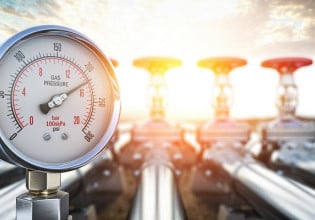B
Hi every one,
I am working in a power plant with ten gas turbines of type Frame 9E. I am asking about any information (properties) about where from can I get the graph of load and swirl angle? of course there must be a load vs swirl angle graph for Frame 9E.
I am working in a power plant with ten gas turbines of type Frame 9E. I am asking about any information (properties) about where from can I get the graph of load and swirl angle? of course there must be a load vs swirl angle graph for Frame 9E.






